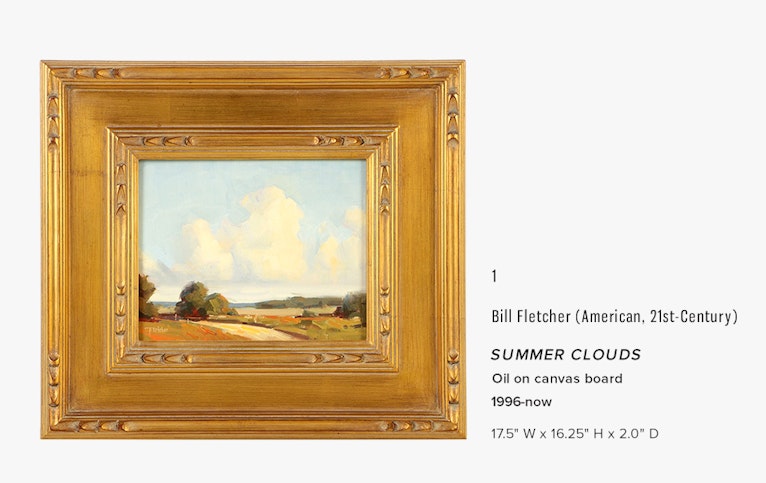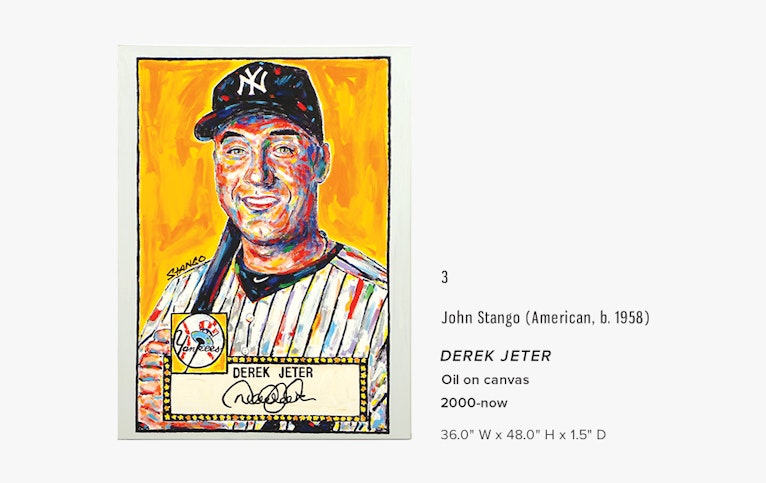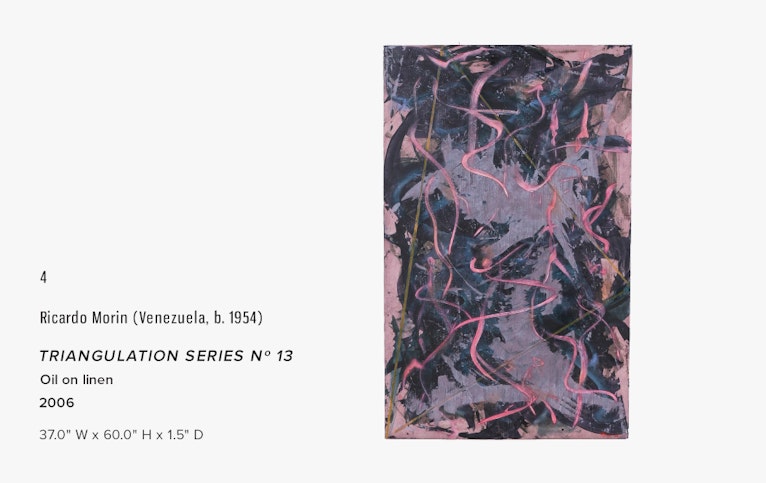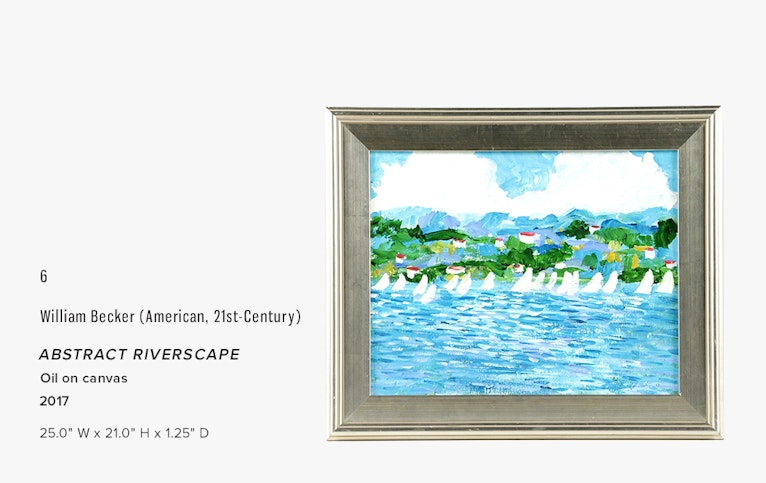A.C.E. Series: What Makes An Oil Painting Valuable
1. Antiquity
Though historical evidence points to oil-based paints being used as early as 1124, it wasn’t until the 15th century in Northern Europe when artist Jan van Eyck is credited to have invented the medium of painting with oil paints on wood supports.


Mark Gingerich Oil Painting on Panel "The River's Edge"

Bill Fletcher Oil Painting on Canvas Board "Summer Clouds"

Kim Flora Oil Painting on Canvas "Eden Park Study (of the Ohio River) "

Christine Marcus Stone Oil Painting on Board "The Charmer"

2. Longevity
“Oil paint is a durable medium that lasts hundreds of years,” says McMillan. “It is created with pigments suspended in a drying oil, usually linseed. The medium is chosen for its flexibility and vibrancy as it can be applied in varying thickness and technique.” Its longevity is why we can enjoy and appreciate the artwork from centuries ago.
3. Quality and Effect
While most of what we consider masterpieces come from great oil painters such as da Vinci and Rembrandt, oil remains a prominent medium for contemporary art. The versatility, color, textural properties and workability rival other mediums to this day.


4. Complexity of Materials
Most Renaissance or Baroque painters spent years as pupils or apprentices learning to mix paint for master artists. This knowledge included knowing the properties of the pigments such as hue, permanence, chroma, lightfastness, compatibility with other pigments, drying attributes. On top of grinding pigments, memorizing binder-to-pigment proportions, and being able to determine whether or not a particular pigment required the addition of a siccative or extender before being ready for use, these students had to maintain the hue and consistency of the colors for up to a year or more on large-scale artworks.
5. Drying Time
Oil has a much slower drying time, and layers must dry before the next is applied. Thicker applications of oil paint potentially take up to six months or longer to completely dry, and a completed painting usually takes up to a year to dry before it can be sealed with varnish.


6. Collectible Timelessness.
According to McMillan, “Oil paintings are an easy transition for someone who is new to collecting contemporary art.” While many contemporary oil paintings can lean towards the abstract or minimalist, McMillan states that there are “also quite a few living artists creating in technique similar to the plein air artists of the 19th century.”



































